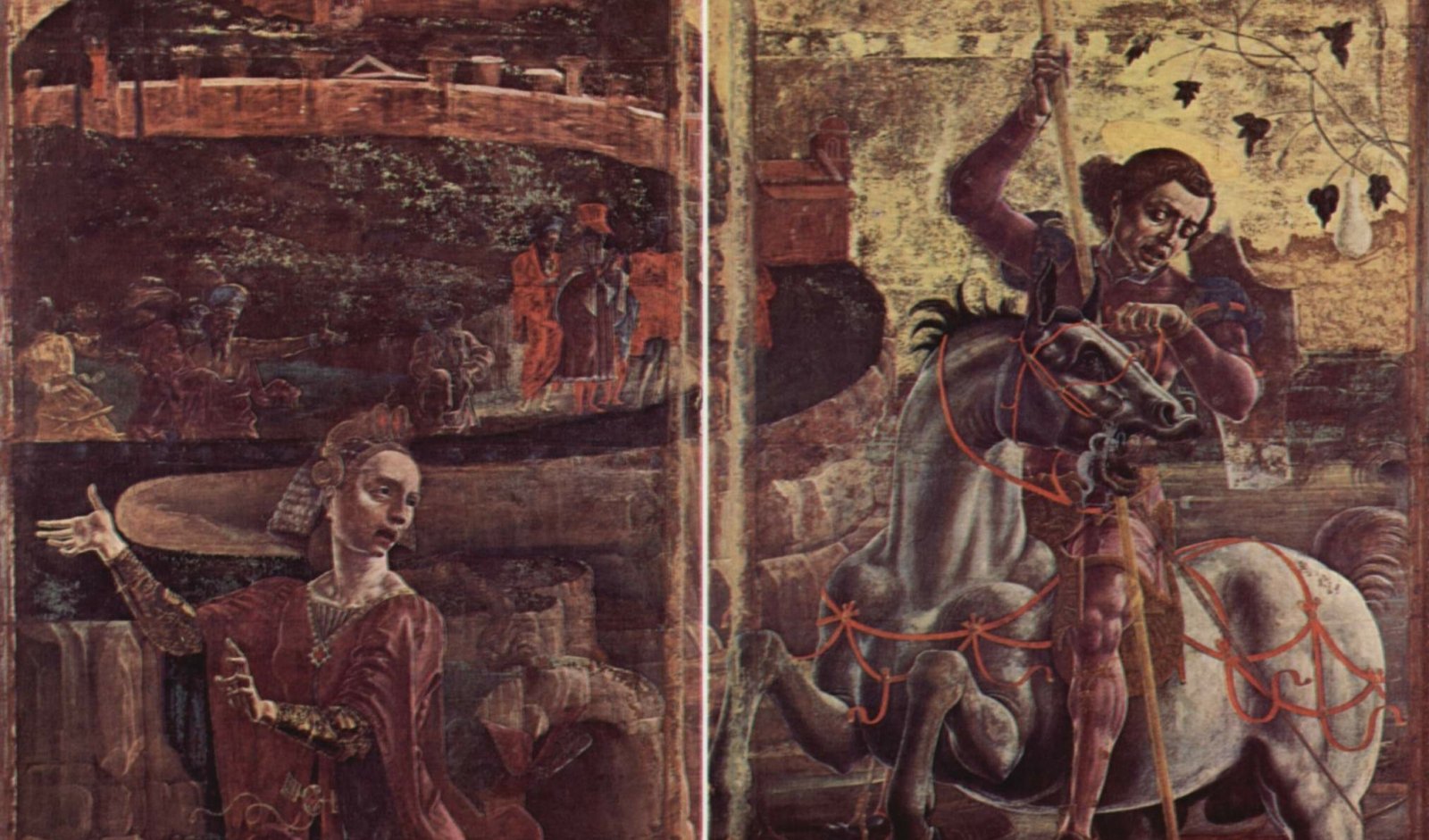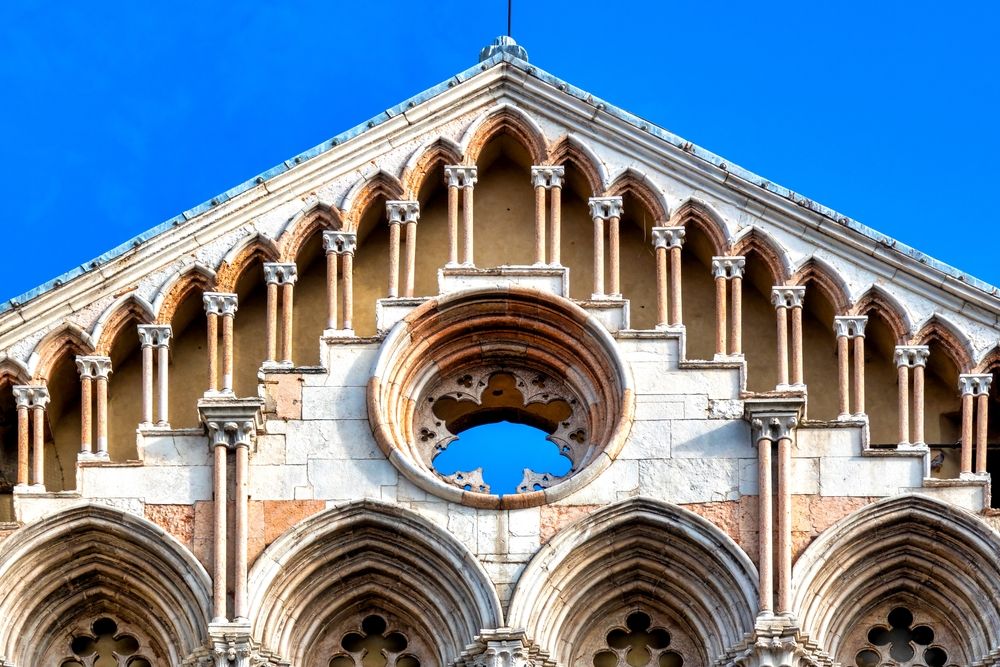Potrebbe interessarti anche

San Giorgio and the Drago: the legend
There are more than a hundred cities that have elected St. George as their main patron saint, but here in Ferrara the connection is very old and special: the spread of the cult of St. George in the city is attested as far back as 657.
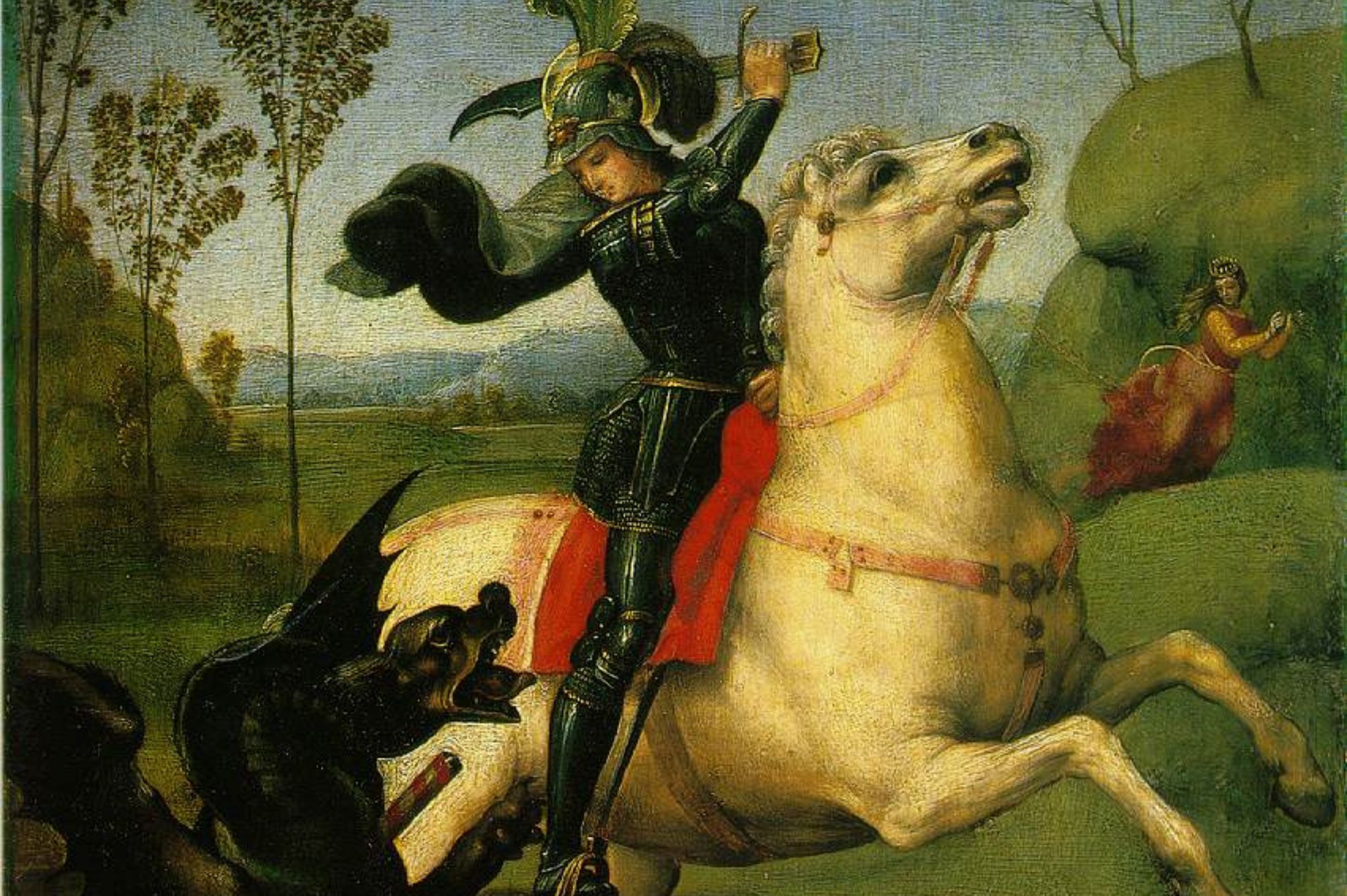
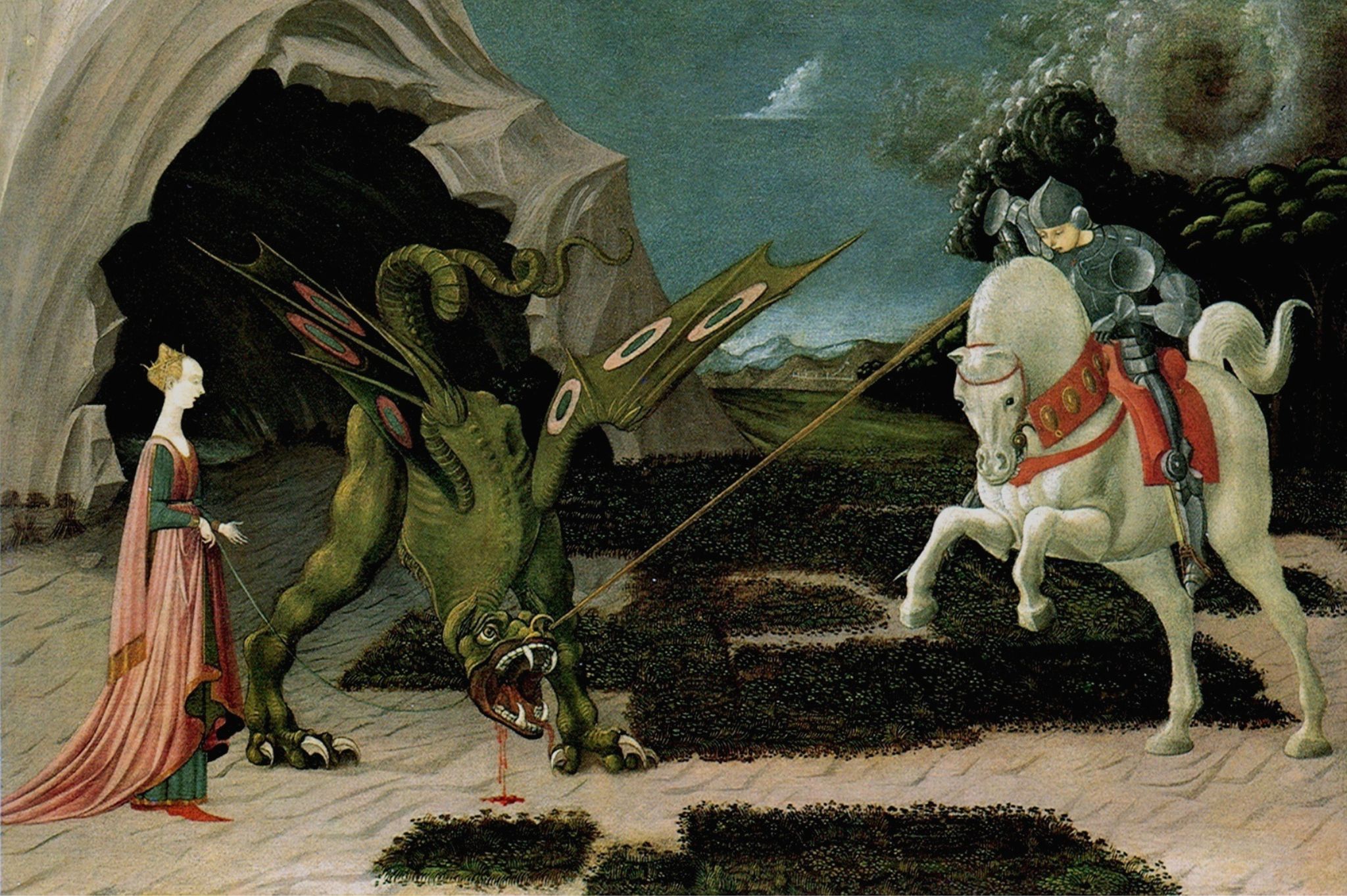
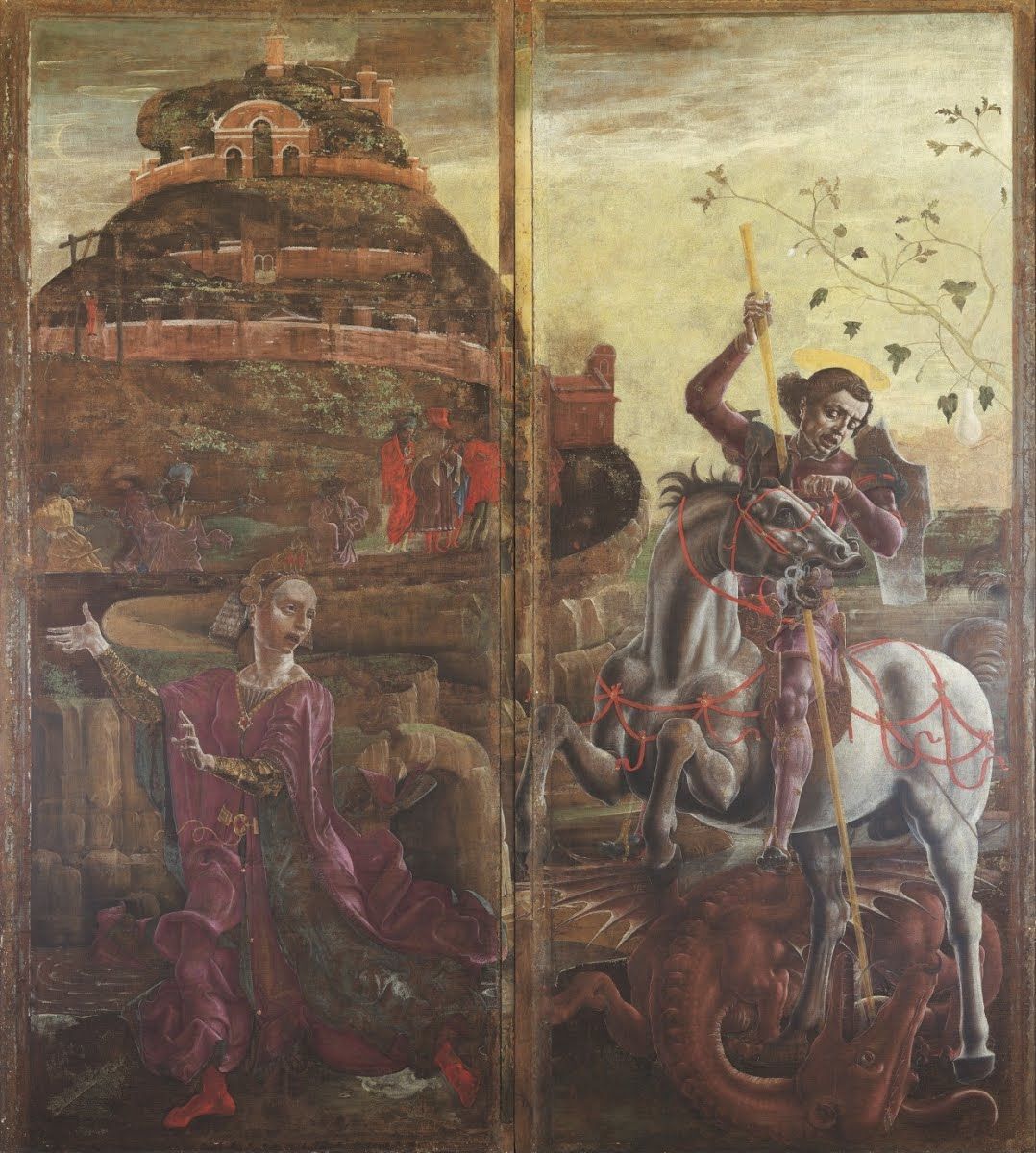
Ferrara has elected a valiant knight as its patron, and the choice is not random: St. George slays enemies, evil and ... the pitfalls of the marshes. When one considers that the city for a long time has been constantly exposed to the danger of flooding and plagued by the problem of marshlands, the legend of St. George and the Dragon immediately takes on special significance.

